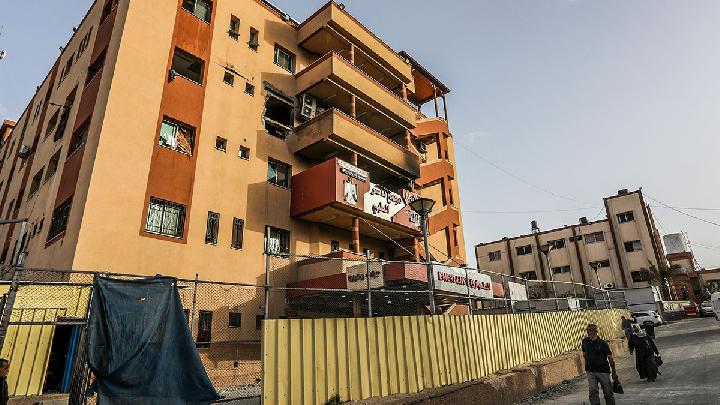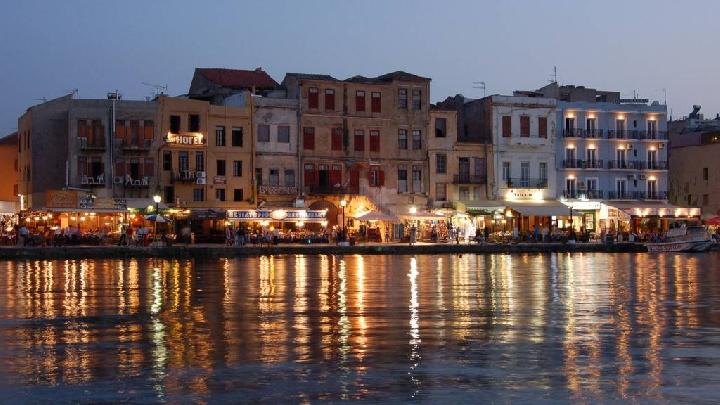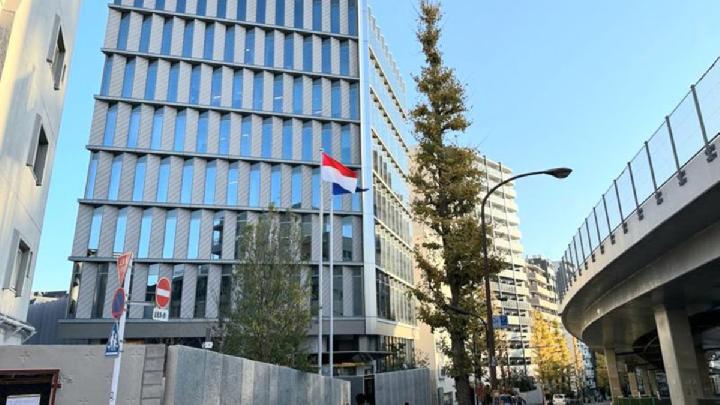TEMPO.CO, Jakarta - A marvel of engineering, passion, and atmosphere, the best football stadium in the world reimagine what it means to meet the ever-evolving demands of the sport. Going far beyond just housing fans, these venues set the global standard for a world-class football experience.
From the high-tech transformation of Madrid’s Santiago Bernabeu, to the legendary energy of Estadio Azteca in Mexico and the historic Maracana in Brazil, top-tier stadiums are found across every corner of the globe.
As ranked by GiveMeSport, here’s the best football stadium in the world, each standing as a stunning blend of architectural brilliance, innovation, and legacy.
1. Santiago Bernabeu - Real Madrid
Home to Real Madrid, the Santiago Bernabeu has been handsomely crowned as the best football stadium in the world. Following a groundbreaking €1.347 billion renovation completed in 2024, the iconic venue now boasts features that push the boundaries of stadium design and fan experience.
Some of the most impressive upgrades include a state-of-the-art retractable pitch and a 360-degree video scoreboard that immerses every fan in the action.
2. Tottenham Hotspur Stadium - Tottenham Hotspur
Replacing the historic 118-year-old White Hart Lane, the Tottenham Hotspur Stadium quickly earned global praise for its advanced facilities. Built at a cost of £1 billion, the venue was designed with multi-functionality at its core.
Among its standout features is the retractable pitch, which can seamlessly transition between Premier League matches, NFL games, and even large-scale concerts. Adding to its uniqueness, the stadium also features the world’s first in-house microbrewery, capable of producing up to 10,000 pints of beer per minute.
3. Wembley Stadium - England
The heart of English football, Wembley Stadium is the UK’s largest sports venue, boasting a capacity of 90,000 spectators.
Although it’s not the original Wembley, the stadium, which reopened in 2007, has quickly become an iconic stage for some of the world’s most prestigious sporting events and concerts. Its rich history includes hosting the 1966 FIFA World Cup Final, Queen’s legendary 1986 Magic Tour, and Adele’s record-breaking 2017 The Finale concert.
4. Signal Iduna Park - Borussia Dortmund
Signal Iduna Park is Germany’s largest stadium, with a capacity of 81,360 spectators. Its grandeur as the fourth-best football stadium in the world wasn’t built overnight, but is the result of decades of careful reconstruction and modernization.
But amid all the upgrades, one thing remains unchanged: the legendary Yellow Wall—Europe’s largest terrace stand—continues to electrify the atmosphere.
5. Allianz Arena - Bayern Munich
Officially opened in 2005, the Allianz Arena stands as a benchmark for modern football stadium design. Its most striking feature is the color-changing LED façade capable of displaying 16 million colors, including the iconic red glow that lights up during FC Bayern Munich home games
Alongside, the Allianz Arena is also renowned for its intense, passionate atmosphere—often described as a cauldron of noise.
6. Estadio Azteca - Club America, Mexico
Over the past 50 years, Estadio Azteca has firmly maintained its significance in the world of sports. More than just one of the world’s largest stadiums—with a seating capacity of 107,000—it stands as a historic landmark in football history.
Estadio Azteca has hosted 19 World Cup matches across the 1970 and 1986 tournaments, making it the only stadium in the world to have hosted two World Cup finals.
7. Anfield - Liverpool
Anfield may not be the largest stadium, but its legacy and atmosphere are truly unmatched. Built in 1884, it is best known for the iconic "You’ll Never Walk Alone" anthem and the legendary "This Is Anfield" sign.
Together, these elements inspire Liverpool players to reach new heights of excellence. Just as these psychological elements fuel performance, matches at Anfield run smoothly in any weather, thanks to a hidden underground heating system that protects the pitch.
8. Old Trafford, Manchester United, Fluminense
Having been a home to Manchester United for over a century, the 74,310-seat stadium has stood as a symbol of footballing legacy and tradition. While it has witnessed countless iconic moments, however, Old Trafford has seen little in the way of significant upgrades over the past two decades.
This issue then raises concerns about a lack of attention to its maintenance and modernization.
9. Maracana - Flamengo, Brazil
The Brazilian national team's home base is nothing but one of the most legendary stadiums in the world. It hosted the FIFA World Cup finals in 1950 and 2014, the opening ceremony of the 2016 Olympics, and countless other iconic moments in football history.
Although renovations have reduced its capacity from a staggering 200,000 to around 78,000, its iconic status remains firmly intact.
10. San Siro - AC Milan, Inter Milan
A symbol of Italian football, the San Siro is widely regarded as the best football stadium in the world. Originally built for a single club, it now serves as the shared home of AC Milan and Inter Milan. Its prestige has grown over time, having hosted four European Cup/Champions League finals—in 1965, 1970, 2001, and 2016.
The best football stadium in the world is more than just a place to watch a game, it’s a cultural landmark and temples of passion. Whether you're a lifelong football fan or simply lucky enough to visit, the stories that unfold within these iconic venues are truly unforgettable experiences.
Don’t let your discovery end here, let’s take a look at the 10 biggest stadiums in the US by capacity.
Editor’s Choice: The Top 10 Best Defenders in the World of Modern Football
Click here to get the latest news updates from Tempo on Google News


















































